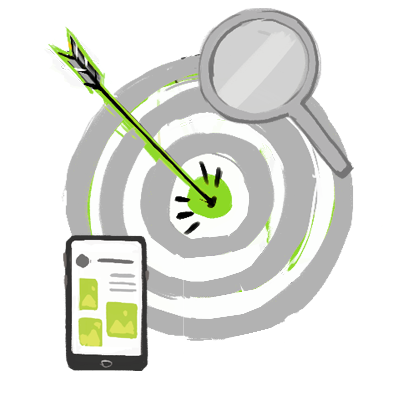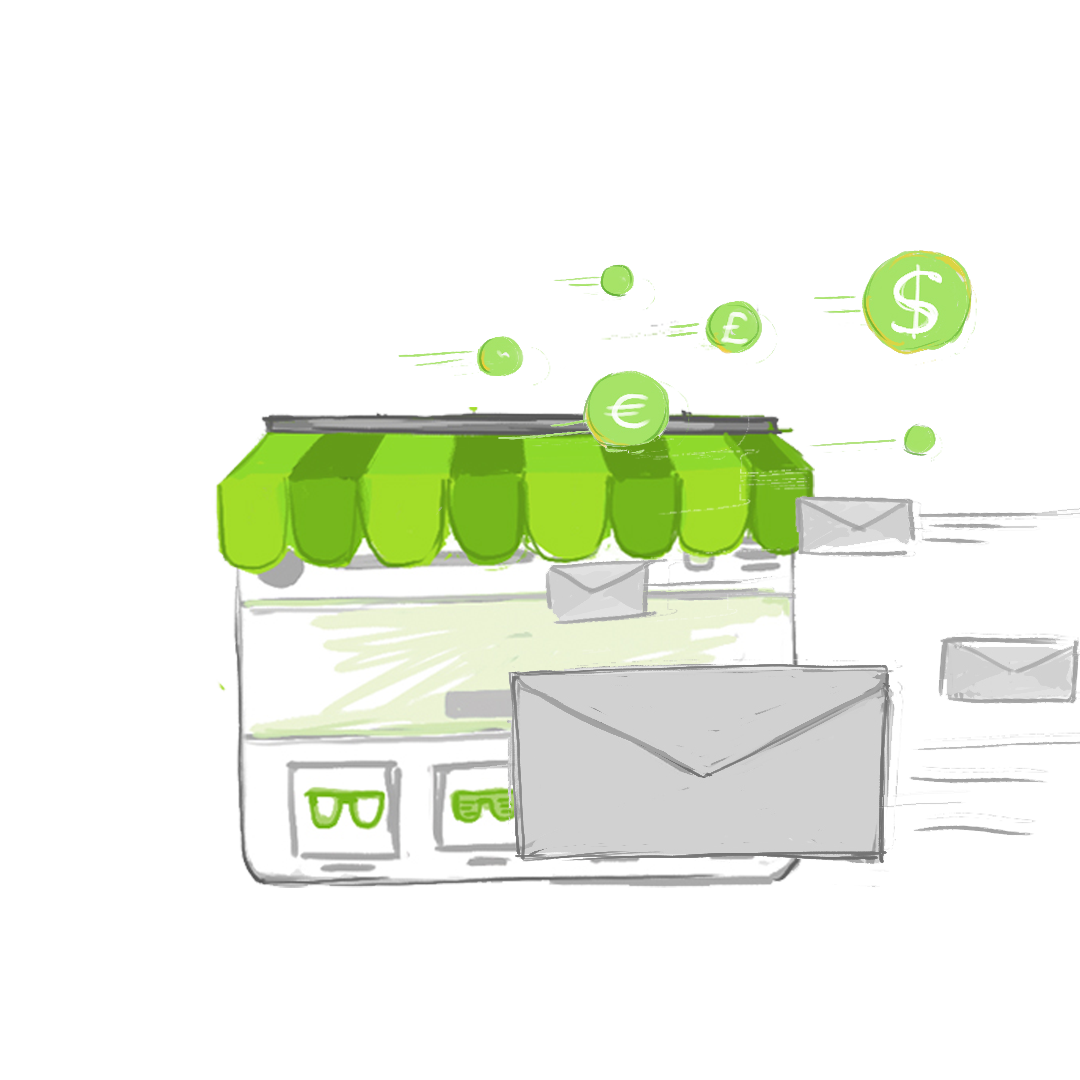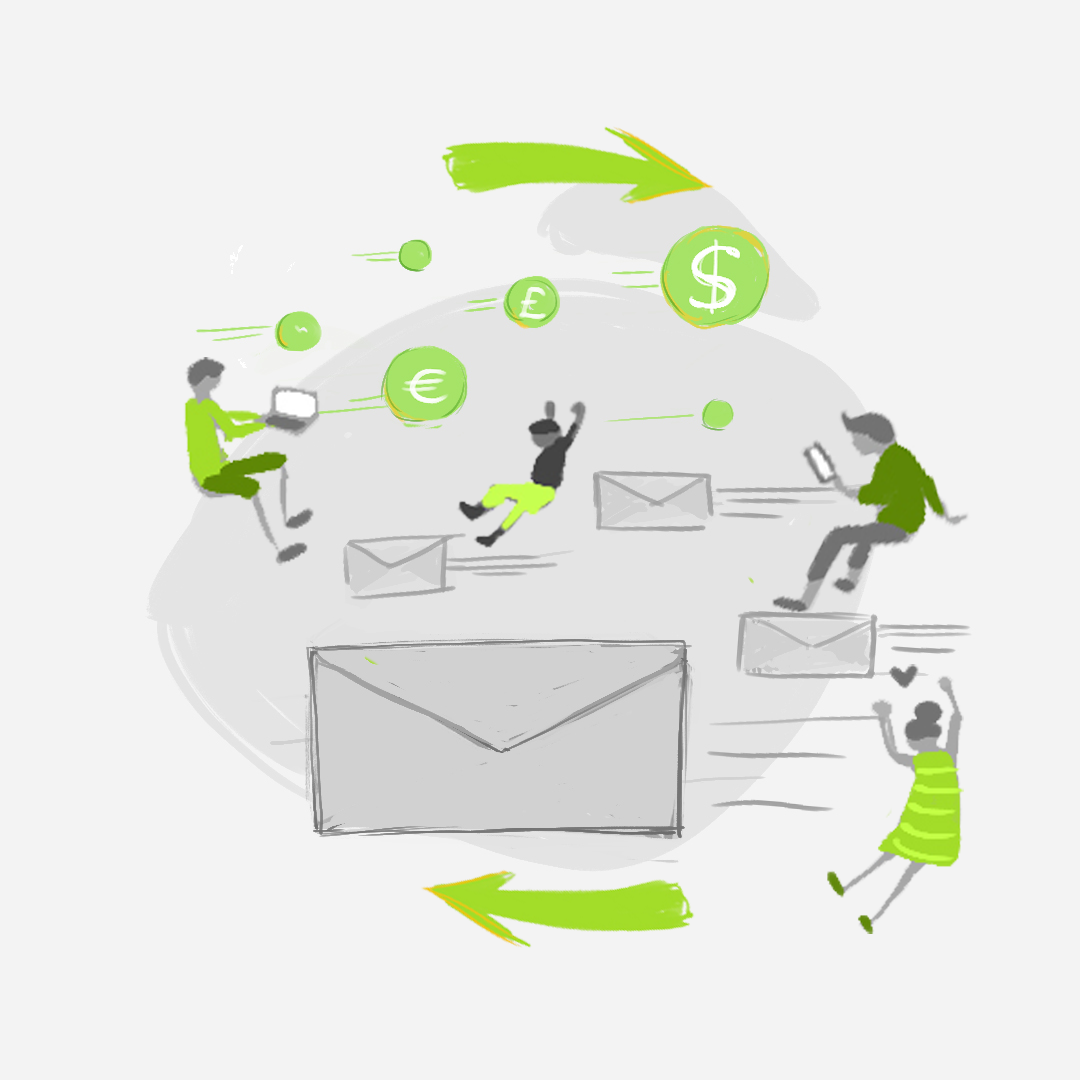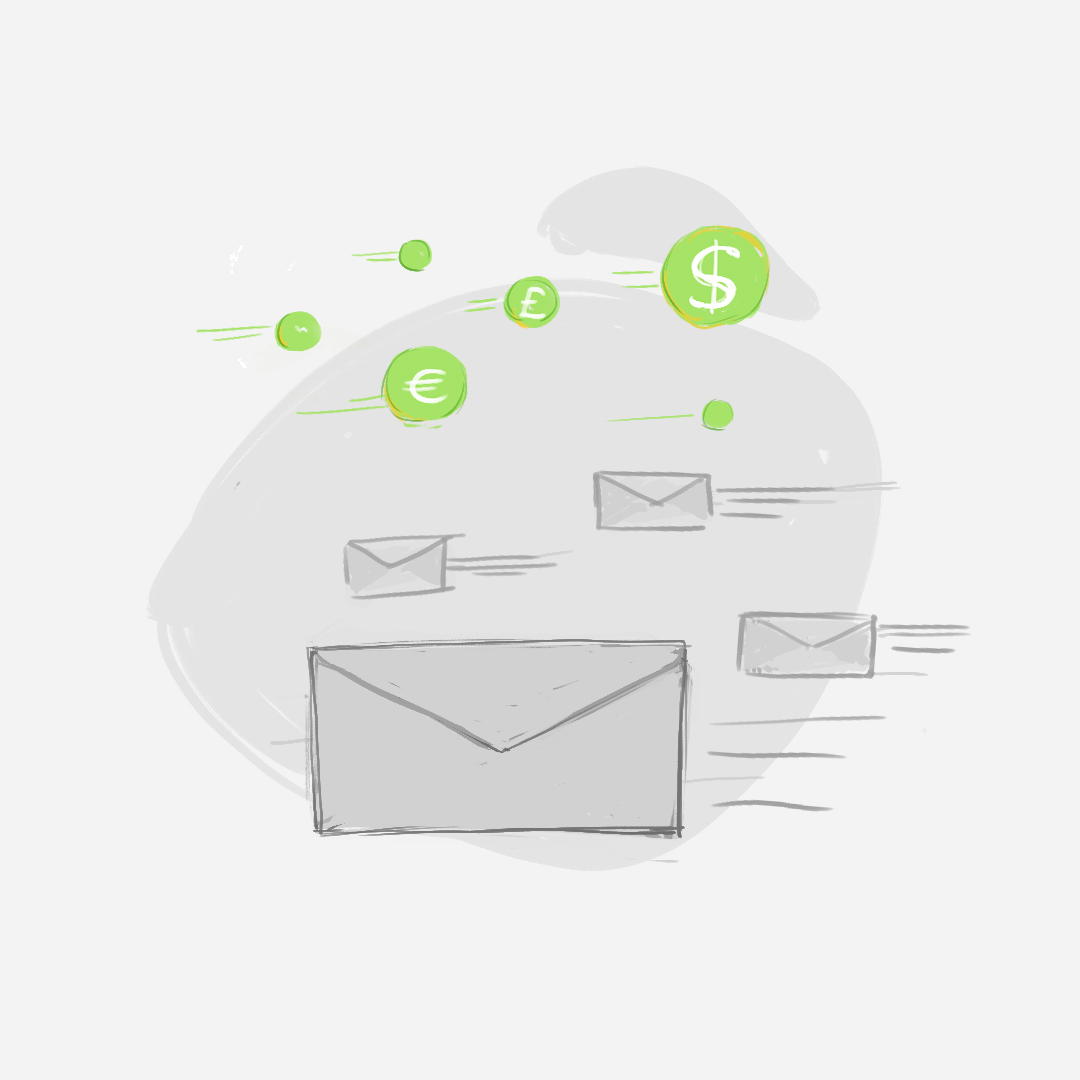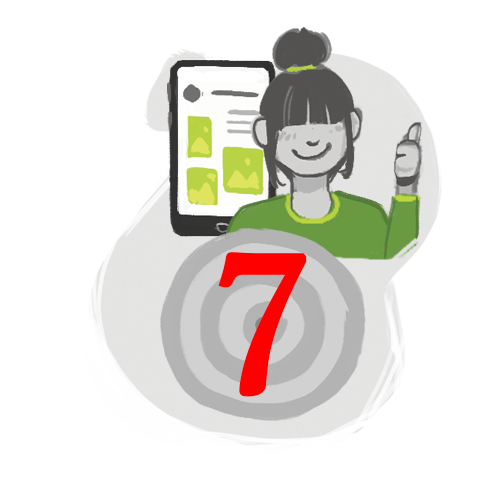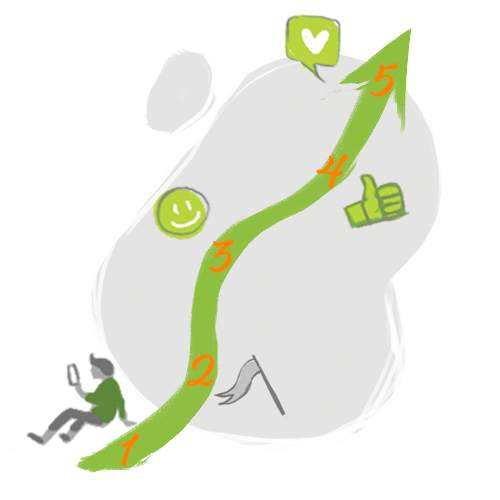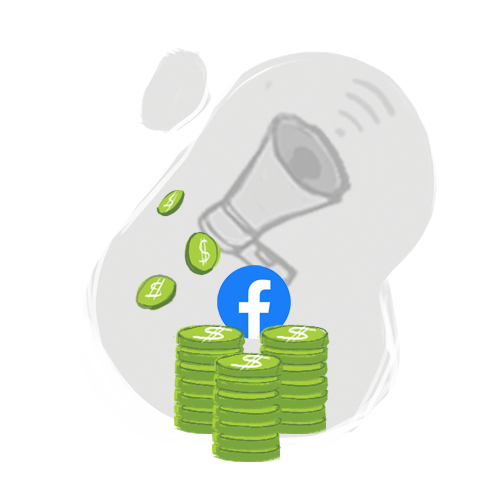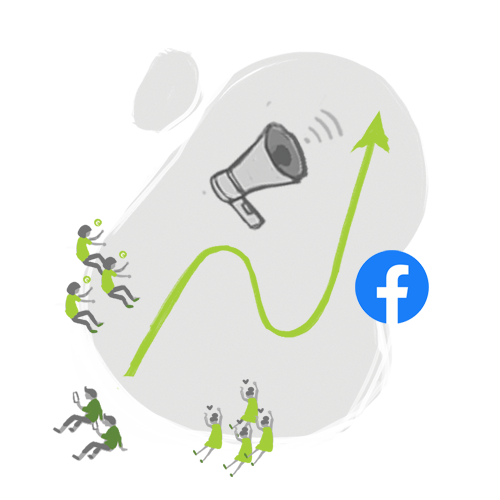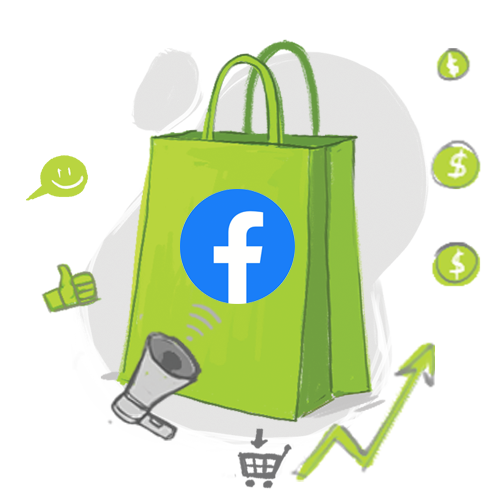Introduction: How To Increase Sales on Shopify Using Google Ad Remarketing
If you didn’t already know, google ad remarketing (aka retargeting) is arguably the most effective tool for how to increase sales on Shopify. In fact, Google ads and Shopify work symbiotically when set up with “remarketing.”
However, when you see the nuances and options for establishing your Google ads remarketing tag and campaigns settings, plenty of questions arise on how to best optimize your Shopify store for sales success.
This post reviews how Google ad remarketing tags help increase your sales on Shopify. E-commerce marketing has lots of moving parts and analytics, but even a minor adjustment in your targeted audience can lead to getting more sales. Dive in to Ad360s view on how to best set up Google ads in Shopify!
Why Retargeting with Google Ads is a Powerful Tool to Increase Shopify Sales
The Google Display Network reaches roughly 90% of all users on the internet – learning all the best online promotional tools to leverage for increased Shopify sales is common sense!
Ecommerce utilizes retargeting with Google ads more than any other industry, and it’s no small reason why: remarketing with Google ads can lead to a 700% growth of branded search results and web traffic.
On top of that, customers are 70% more likely to purchase a product when engaging with a retargeted Google Display ad, and it is 8 times cheaper per click. Some may stop here and think that remarketing with Google ads is simply too complicated
How to Set up Google Ads Remarketing “Tags”
Shopify with Google ad retargeting is not as hard to set up as you might think! Go into your Google Ads/Analytics account and click on “audience manager” under “shared library.” After clicking audience sources,” you will see an option to “set up tag,” and you are on your way to establishing your ad remarketing campaign! Even if it seems foreign to traditional business owners, stick with the process – it is the difference between Shopify sales success and failure for most ecommerce stores. Ad360 wants your store to be the former, not the latter! So, put on your reading glasses, because the options on exactly how to use Google ads remarketing on Shopify can get very nuanced in the details.
After setting up the “tag”, it is time to segment your audience based on their platform, level of engagement, keyword searches, and timeline. It sounds like a lot to take in, but Ad360 will break it down here as best we can!
1. Pick a Platform (We recommend you include mobile)
Considering Google Analytics 4 will soon replace the sunsetting Universal Analytics interface, retargeted Google ads on mobile will experience explosive growth in the coming years. To get out ahead of the trend, Ad360 would recommend experimenting with mobile app retargeting – it is a shockingly underutilized marketing tactic by otherwise savvy business owners.
There are options to remarket on Google ads for traditional website users, customer emails, and Youtube, but again – none of these segments will experience the dynamic growth that mobile-based Google ad retargeting will in the next several years.
2. Define your Audience with Absolute Precision
The better you classify each part of your audience, the better your remarketed google ads will increase sales in Shopify. After picking the platform, Google will prompt you to create an audience filter based on metrics like the following:
- Visitors of a page
- Visitors over a specific period of time
- Visitors who visited a page with specific URLs (helps identify where customers are in your sales funnel)
- Visitors who came from a blog post
- Visitors who downloaded/used your app, or visited your store through the Shopify app
- Visitors who viewed a Youtube video, liked the video, or subscribed to your channel
- Visitors who “abandoned” their shopping cart
- Demographic info
- Geographic info
- Specific keywords the visitors type into Google’s search engine
3. Define your Keyword Searches
That final bullet point leads to the next major consideration for remarketing with Google ads in Shopify: which keywords to target for getting more sales (e.g. – “vintage clothes” for a Shopify clothing store).
Every time a user – who has previously visited your site – types that keyword phrase into their Google search, you can ensure that your store pops up in the first page of Google’s rankings. By targeting these customers and establishing the niche audience you want to reach with those keywords, Google ad remarketing on Shopify becomes substantially cheaper than traditional “Cost-per-click” ad campaigns.
4. Set a Clear Timeline for Google Ads in Shopify
Based on your Shopify market’s ad data from across each platform, you can conclude which timeline is most effective for getting more sales. 30, 60, or 90 days are the general parameters most stores use, so you can determine whether to retarget customers who have not engaged with your store in several months, or concentrate all your efforts and budget on potential customers who just recently engaged with your ecommerce site.
Conclusion: What Shopify Apps Do I Need for Google Ad Remarketing?
In a nutshell, Ad360 is the best Shopify app to increase sales in 2022! Our expertise revolves around innovative marketing tactics – like Google ad remarketing on Shopify – to help increase your Shopify sales.
We are a certified Google partner, meaning we have been vetted by the largest search engine in the world to provide best-in-class digital marketing services. With Ad360 help you strategize your ad campaign, e commerce marketing has never been so accessible 😊
We are one of the best Shopify review apps with a 5 star rating, but Ad360’s drive to expand and improve customer outreach is unmatched in the e commerce industry. We offer 24/7 live support and are backed by experts in digital marketing and data analytics. Try our free demo today to see for yourself why Ad360 is the best Shopify add to increase sales in 2022! Cheers and happy selling 😉
